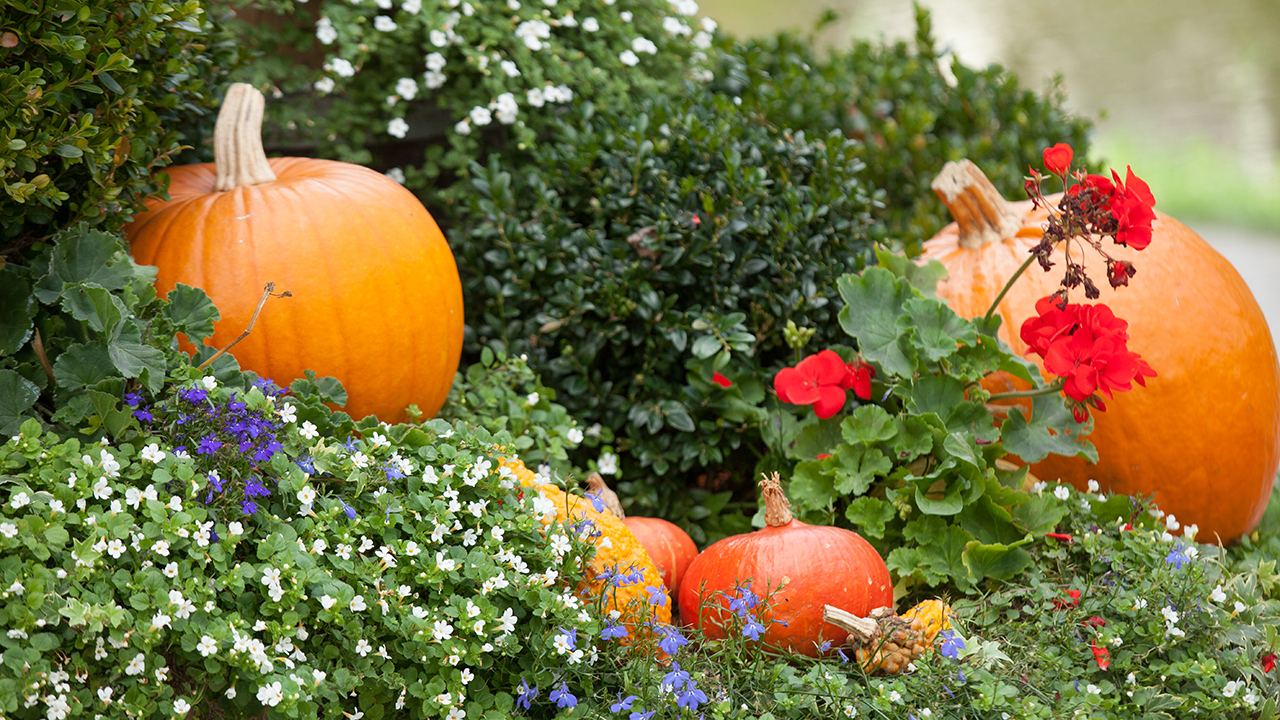
Cooler nights and warm days make fall ideal for planting in the Southwest, perfect for vegetables, flowers, and native plants to thrive.
As the heat of summer fades, fall in the Southwest becomes an ideal time for planting. The cooler nights and warm days create favorable growing conditions for many plants.
The soil, still warm from summer, helps roots establish before winter, while the reduced heat eases stress on new plants.
For many Southwest gardeners, fall is like a second growing season, offering the opportunity to plant vegetables, flowers, and native plants that thrive in these milder temperatures.
Cool-season vegetables are especially well-suited for fall planting. Leafy greens like spinach, kale, and lettuce thrive in cooler weather, and their growth can continue through light frosts.
Root vegetables such as carrots, beets, radishes, and turnips develop richer flavors in cooler conditions.
Brassicas, including broccoli, cauliflower, cabbage, and Brussels sprouts, also perform well in fall gardens, often producing healthier crops than when planted in the spring.
Garlic and onions, planted in fall, develop strong root systems during the mild weather, leading to a bountiful harvest in late spring or early summer.
Fall is also a great time to add seasonal color to your garden.
Hardy flowers such as pansies and violas can bloom through the cooler months and survive light frosts, while snapdragons thrive in the Southwest’s autumn temperatures.
Chrysanthemums, with their vibrant fall colors, are perfect for brightening your garden and attracting pollinators.
For those looking for low-maintenance, drought-resistant options, native plants are an excellent choice.
Desert marigolds bring vibrant yellow blooms and attract pollinators like bees and butterflies.
Red yucca, known for its tall spikes of red flowers, is a favorite of hummingbirds and requires little water once established.
Apache plume, a hardy shrub, provides delicate white flowers and feathery seed heads, making it a resilient addition to the garden.
To ensure success, plant between mid-September and late October, depending on your location.
Prepare the soil with compost to enhance water retention and mulch to protect plants from temperature fluctuations.
Fall planting offers the chance to enjoy a thriving garden, full of vegetables and flowers, well into the cooler months.
Discover Beautiful Flowers, Expert Gardening Tips & Interesting Plant Science!
By submitting this form, you are consenting to receive marketing emails from: . You can revoke your consent to receive emails at any time by using the SafeUnsubscribe® link, found at the bottom of every email. Emails are serviced by Constant Contact

About The Author
John Bagnasco has been in the gardening industry for over 50 years, starting with a horticulture degree from Michigan State University and following a stint at Frank’s Nursery and Crafts in Detroit.
After publishing his first book “Plants for the Home Vol. I” in 1976, he moved to California to become regional manager and buyer for the Nurseryland division of Sunbelt Nursery Group.
He then became the head buyer for Armstrong Garden Centers based in Glendora, California. John had a part-time affiliation with Creative Promotions for ten years before joining them full-time in October 2000 as a senior editor and radio personality for Garden Compass.
John has also taught horticulture classes at Palomar College and San Diego State University.
He is the host of the DVD “The Essential Guide to Roses,” which also features Bryan Main and Bruce and Sharon Asakawa.
His most recent book is “Planting Designs for Cacti and Succulents”.
Currently, John is a co-host on “Garden America,” an interactive live gardening show that additionally provides podcasts of the broadcasts accessible on all major platforms.
You can contact John here.
